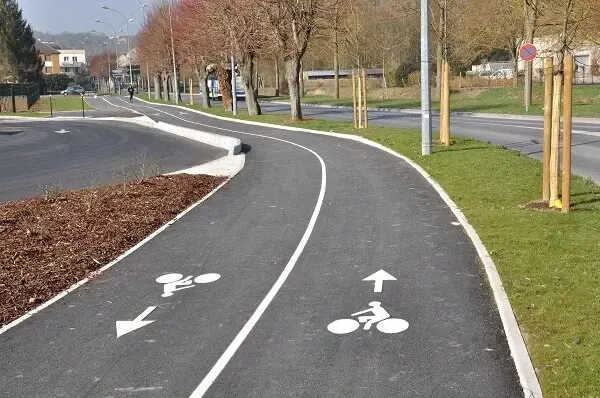
Published on Jun 30, 2025
Eco-Counter index: analysis of bicycle traffic in the first half of 2025 (Europe)
Since 2020, we've been crunching the numbers for the Eco-Counter Index several times a year. This Index analyzes bicycle traffic in 12 countries around the world, to better understand both commuting ...








